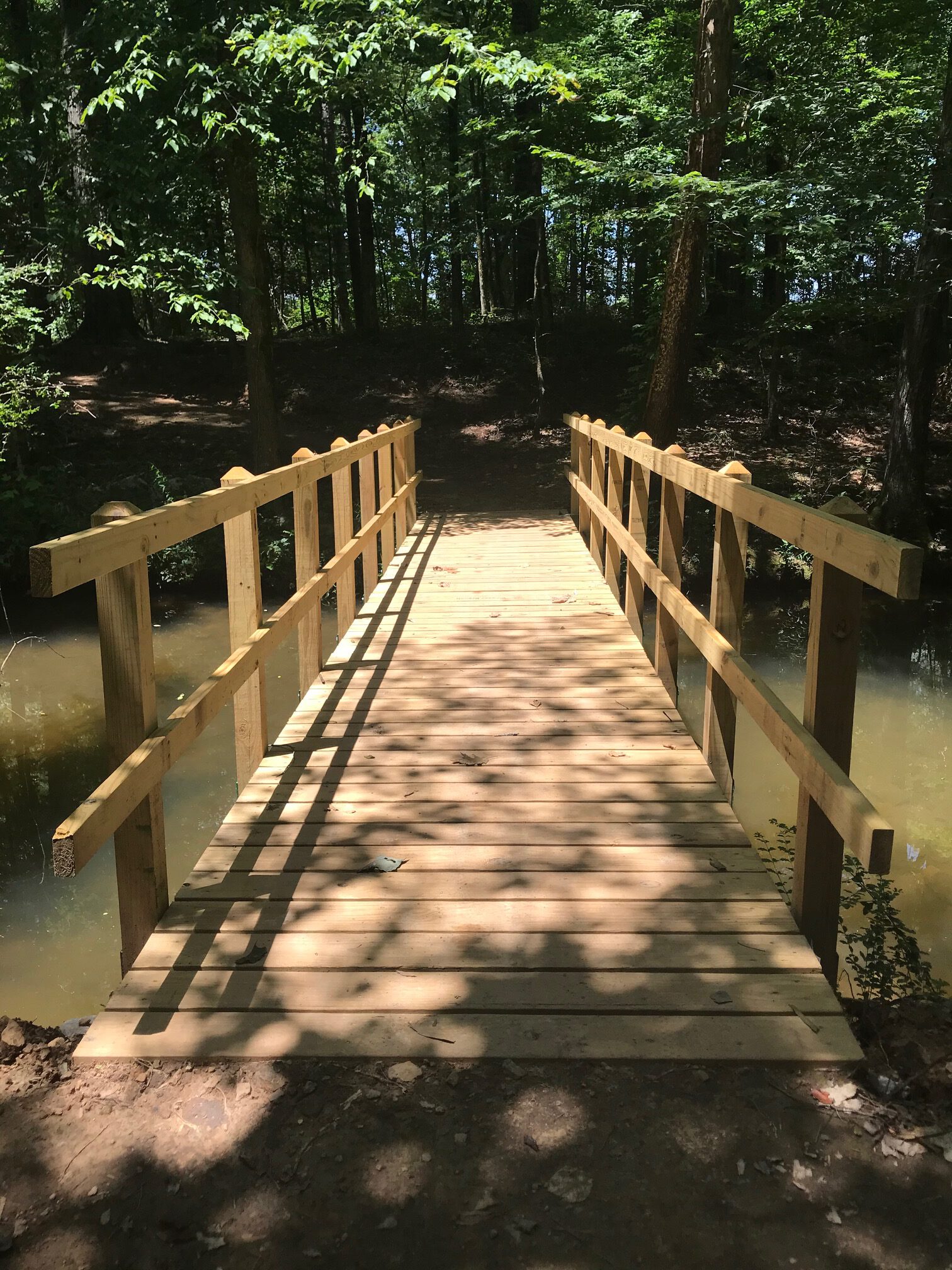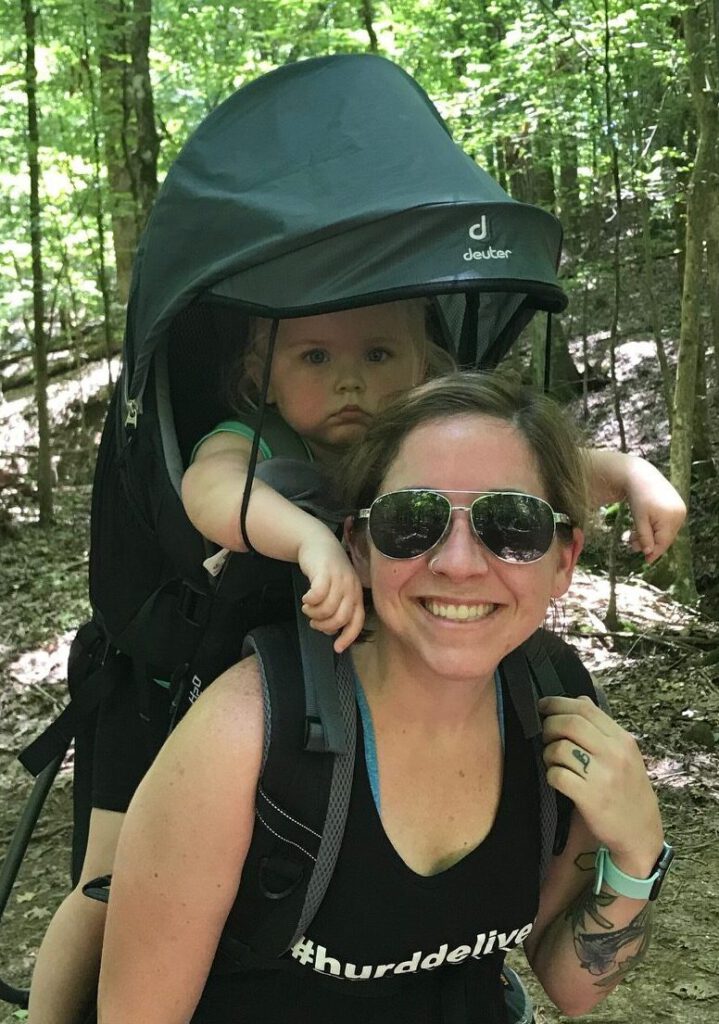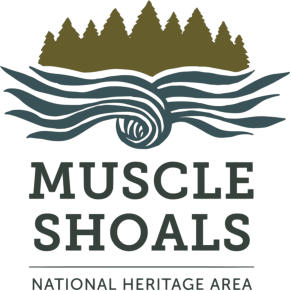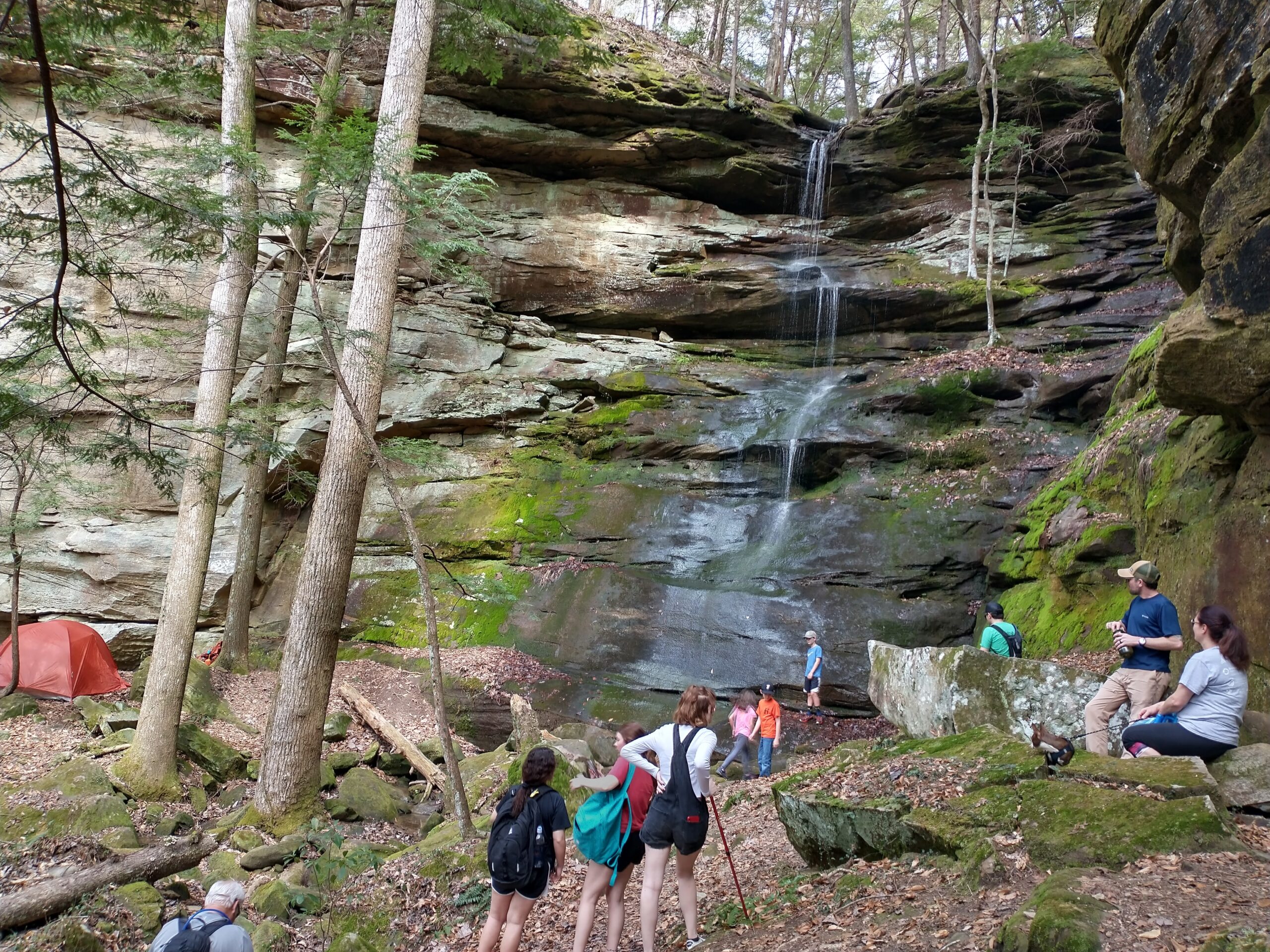By Carrie Crawford, Ph.D.
Director, Muscle Shoals National Heritage Area
Joe Wheeler State Park sits on the north and south side of the Tennessee River, putting it in two MSNHA counties: Lauderdale and Lawrence. The park has a golf course, lodge, campground, marina with boat rentals, cabins and a swimming area. It’s popular with residents and visitors alike.

Wheeler Dam connects the northern and southern sections of the park. The dam, which TVA built between 1933 and 1936, provided jobs in northwest Alabama during the Great Depression and generated much-needed electricity to help fuel TVA’s rural electrification efforts. The construction of Wheeler Dam also led to the creation of the Wheeler National Wildlife Refuge, the first wildlife refuge created in a hydro-electrical impoundment. The section of the park that sits on the south side of the river in Lawrence County includes cabins and homes worker in which workers lived during the dam’s construction. Today, they are rented to visitors. In 1949, Alabama State Parks acquired from TVA the 2,550 acres of land that make up the park today.
Before integration, Joe Wheeler State Park had facilities for black and white visitors, though they were located on opposite sides of the river. The African American park was located on the north side of the river – where the lodge and marina sit today. Perhaps (we are still researching this) the only state park to have facilities for African Americans, Wheeler Park provided “picnicking, swimming, and fishing facilities, playfields and a refreshment stand.”2


Until recently, hiking and mountain biking options at Joe Wheeler were limited. A 2.1-mile loop on the south side of the river includes some good views of the river as well as the remains of some historic structures. But last year construction began on a new trail in the northern section of the park. Alabama State Parks built the 8-mile “Awesome Trail” with a grant from the Recreational Trails Program, funded by the Appalachian Regional Commission. The Shoals Mountain Biking Club and Year to Volunteer assisted with the project. In October, we were able to test a section of the trail during a League of Outdoor Women workshop. But installation of the 16 bridges along the trail wasn’t complete, so we only rode on the trail briefly.
In order to check out more of the trail, two League of Outdoor Women leaders – Bethany Green and myself, along with Bethany’s daughter Lola – recently hiked a portion of the trail on a hot July day. We were impressed. We headed out from the boat ramp parking lot (remember to pay your $3 usage fee when you park). The trail is wide enough in most spots for two people to walk side by side. While there were some hills, they weren’t bad to climb (well, for myself. Bethany had Lola on her back and may have a different opinion). Most of trail runs next to the water, giving you beautiful views as you hike. The bridges over the numerous creeks and washes are well constructed. While we didn’t hike all 8 miles (it was about 100 degrees and we had a tired child with us), we did get in 4 miles and are ready to go back and do the whole thing!






